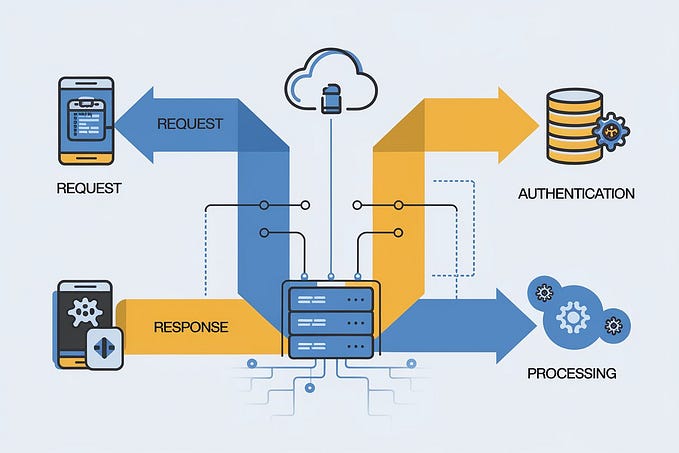Member-only story
6 Killer Functions in JavaScript that Made My Life Easier

This is somewhat of an extension to last week’s 7 Killer One-Liners in JavaScript. If you haven’t already read the article, you are highly encouraged to do so.
1. Check if an element is visible in the viewport
IntersectionObserver is a great way to check if an element is visible in the viewport.
const callback = (entries) => {
entries.forEach((entry) => {
if (entry.isIntersecting) {
// `entry.target` is the dom element
console.log(`${entry.target.id} is visible`);
}
});
};const options = {
threshold: 1.0,
};const observer = new IntersectionObserver(callback, options);
const btn = document.getElementById("btn");
const bottomBtn = document.getElementById("bottom-btn");observer.observe(btn);
observer.observe(bottomBtn);
You can customize the behavior of the observer using the option parameter. threshold is the most useful attribute, it defines the percentage of the element that needs to be visible in the viewport for the observer to trigger.
2. Detect device
You can use the navigator.userAgent to gain minute insights and detect the device running the application







